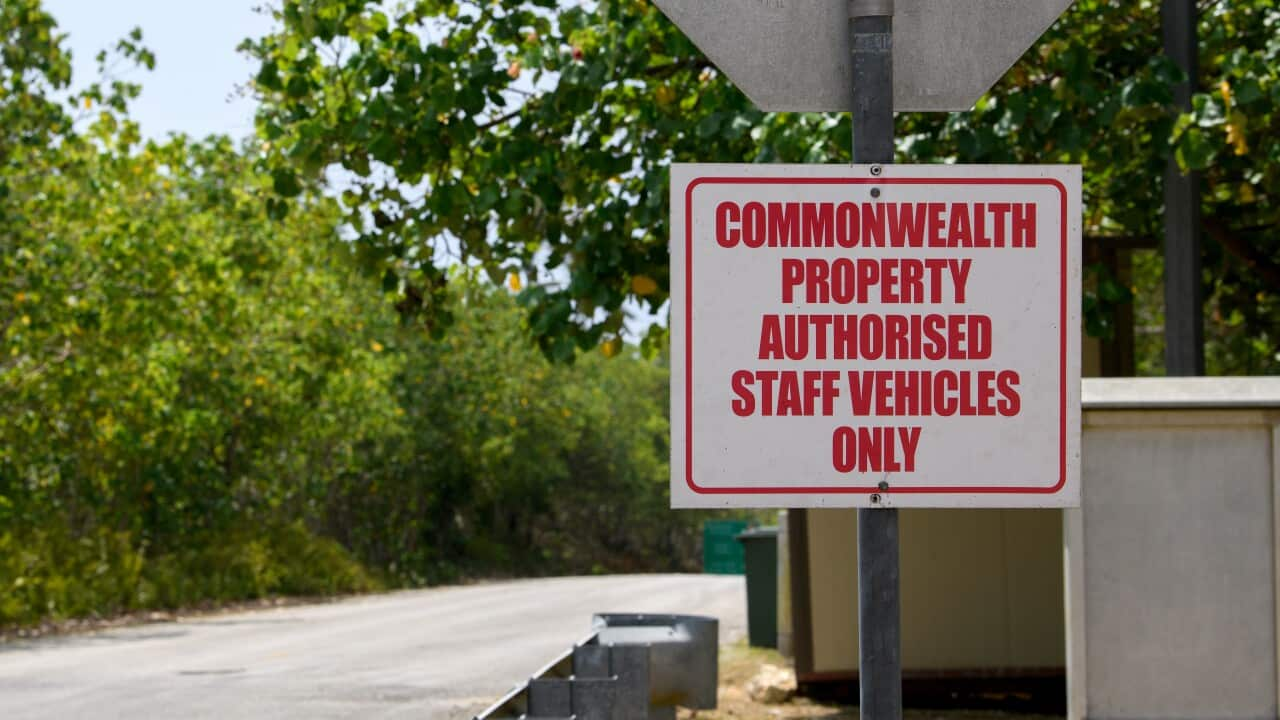If you think there are more scams around now than ever before, you’d be right.
The number of scams in Australia has hit a record high, according to a new annual report from the Australian Financial Complaints Authority (AFCA).
The report tracked the number of complaints made to the independent ombudsman and found that scams were one of the top reasons for making a complaint.
The amount of scam-related complaints to AFCA rose by a whopping 81 per cent in 2023-24. That means almost 11,000 Australian have made complaints about being scammed.
The AFCA report quoted the 2023 Targeting Scams report from National Anti-Scam Centre, which said Australians reportedly lost a combined $2.7 billion to scams. While it’s down from $3.1 billion in value from the previous year, the volume of scam reports overall went up 19 per cent.
The report found phishing, spoofing and remote access scams were widespread, while there had also been a “significant” increase in bank impersonation scams. Romance scams and investment scams, which often involve transferring funds to cryptocurrency platforms, were also common.
Phishing is a type of online attack that manipulates users into performing an action the attacker wants, like clicking a link on an email or downloading an attachment. Spoofing is the way in which attacks look legitimate, such as emails designed to look like they’re from a trusted source.
Of the complaints where Australians were scammed out of money, seven in 10 were dealt with in 60 days.
“The consequences of these scams are often devastating, with many individuals never recovering their lost funds,” the report said
Australian Financial Complaints Authority CEO and chief ombudsman, David Locke, says scams and financial hardship are key complaints drivers. Source: AAP / Mick Tsikas
Financial hardship complaints rise as the cost of living bites
As cost of living pressures rise, the report also found that complaints related to financial hardship surged by 18 per cent.
Primary areas of concern were related to home, personal and credit card lending.
“This substantial rise reflects financial stress that consumers are seeing as a result of cost of living pressures including rents and high interest rates,” chief ombudsman David Locke said in the report.
Particularly concerning amongst those experiencing financial hardship were the high rates of non-responsiveness, with 76 per cent of complaints taking longer than 30 days to resolve.
The report also found that in many cases, people in financial hardship were given ‘cookie cutter’, rather than tailored responses. But in some cases, they weren’t responded to at all.
Frustrations with processes meant that a third of those seeking financial assistance encountered so many difficulties that they abandoned the application process altogether.
Rising financial hardship among First Nations people
The report found there was one group particularly impacted by financial hardship — First Nations people.
Financial hardship complaints amongst First Nations people grew by 17 per cent in the last year.
This is in addition to a 25 per cent rise in general finance complaints.
“Many financial firms are slow to address the systemic barriers that disproportionately impact First Nations consumers,” the report wrote.
These barriers include issues with digital access and internet connectivity, the closure of regional and remote bank branches, and a lack of cultural understanding from financial institutes.















